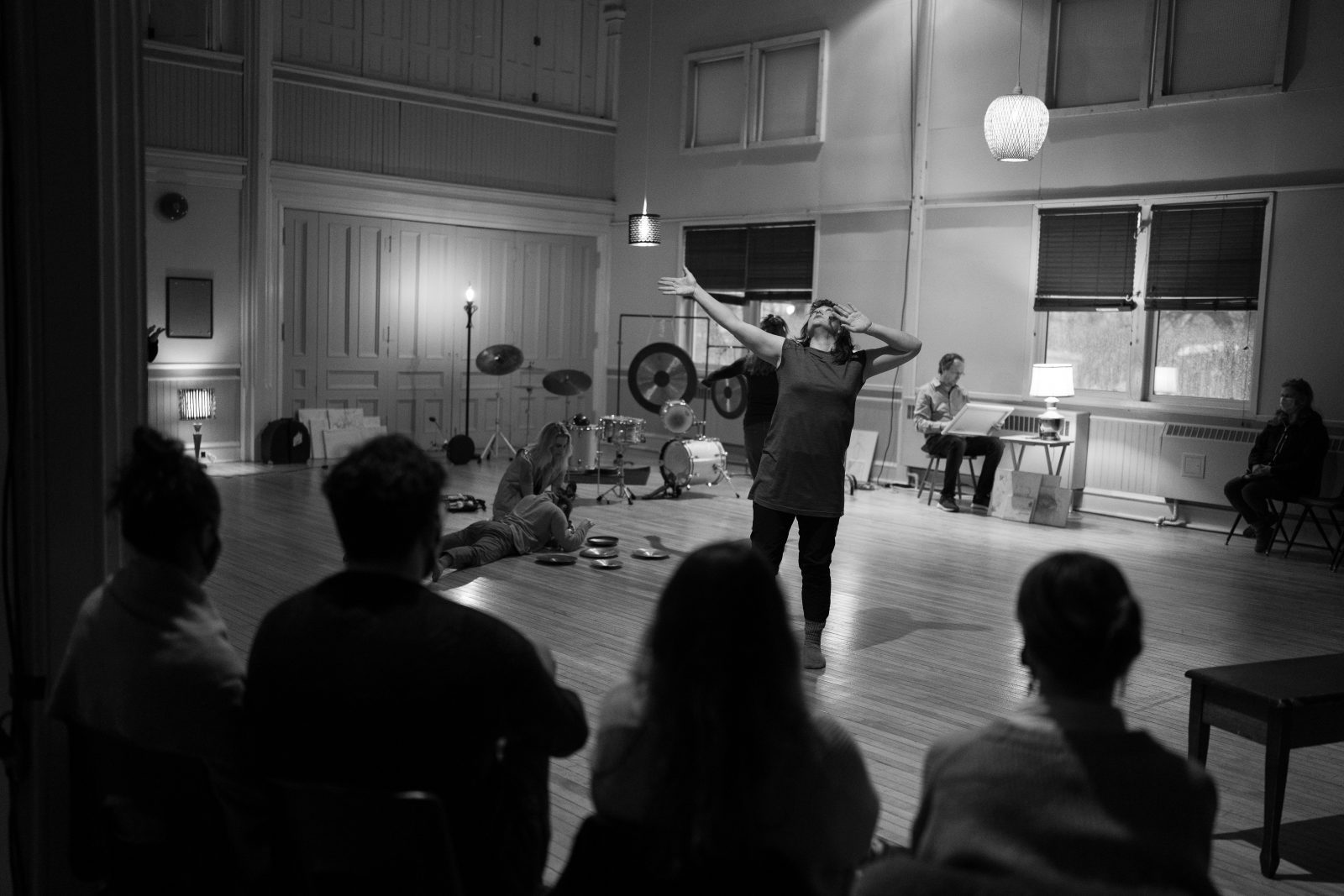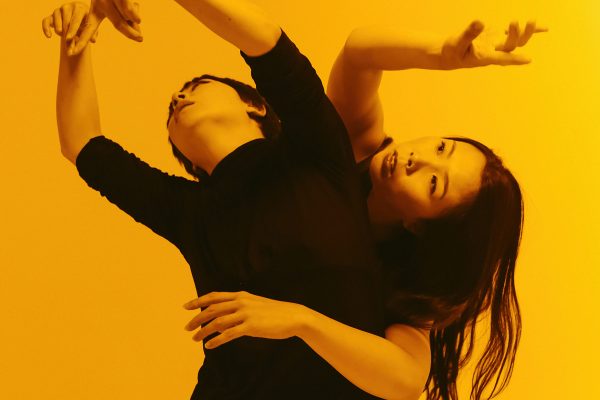This article is published through our Regional Reporter Program. We acknowledge the support of the Canada Council for the Arts through the Digital Now initiative.
With the illness, death and isolation that many Canadians have experienced over the past two years, might the performing arts help us deal with the complex grief that has amassed? This is one topic addressed by Guy Cools, a Belgian dance dramaturge, who recently performed in Halifax and spoke during a virtual panel hosted by Neighbourhood Dance Works in St. John’s on Feb. 19.
During the panel, called “Grief and Performance,” moderator Lois Brown led panelists Lori Clarke and Leah Lewis in St. John’s, along with Cools in Vienna, through a discussion about their performance work rooted in personal and collective grief. The conversation ranged from topics of bereavement to environmental grief and the grief of losing aspects of identity to chronic illness – all things that have been exacerbated by the pandemic.

In an interview after the panel, Cools, who wrote the 2021 book Performing Mourning: Laments in Contemporary Art, observed that a lot of artists are reconnecting with the ritual aspect of art that is connected to community support.
“Through the [public health] restrictions, people are not able to mourn, or to attend to that, so then art can fill that function,” he said.
In December, Cools’ work Rewriting Distance (with Canadian choreographer Lin Snelling) was presented by Mocean Dance in Halifax. Susanne Choi, co-artistic director of Mocean, said this project – a reprisal of a similar project from 2014 – was cathartic and healing.
“To do it towards the end of the pandemic was such a huge collective processing of life and everything,” said Choi. “It was collective processing for us as individuals and for us as a group and … hopefully for us as an audience and community at some level.”

Choi noted this type of improvised performance created an immediacy between performers and audiences who were sometimes compelled to call out or speak with the performers. This type of community-oriented performance was well-suited to the Halifax community, where Cools noted it was exciting to work because of the skilled local performers and informed audiences.
“There are not that many places in the world where there is a history of dance improvisation as a public form,” he said.
Will this type of improvised embodied community art be a part of the way that Atlantic Canadians begin to process the grief that may have amassed over the past two years? If the historic role of performances such as the Greek moirológhia (laments sung and embodied by mourners) Cools discusses in his book are an indication, the performing arts will have a key role to play in collective healing and community building.
Clarke, an interdisciplinary artist as well as a counselling therapist and Somatic Experiencing practitioner, addressed this through the lens of polyvagal theory where movement, dance and ritual can all be used to address states of “freeze” in the nervous system.
“We’re talking about creating liminal space or accessing liminal space in a way that’s safe to touch into the things that need to move,” she said. “And we can only work with a little bit at a time to metabolize a small piece, to integrate a small piece [of the grief].”
As other presenters and creators begin making creative decisions for the coming year, perhaps creating the conditions to deal with manageable amounts of grief will be present and Choi’s words about programming and participating in live art will ring true:
“I didn’t realize how much reach there would be, how much processing and connecting from the personal level to the community level.… Spiritually, I felt renewed from that project.”
Tagged:




